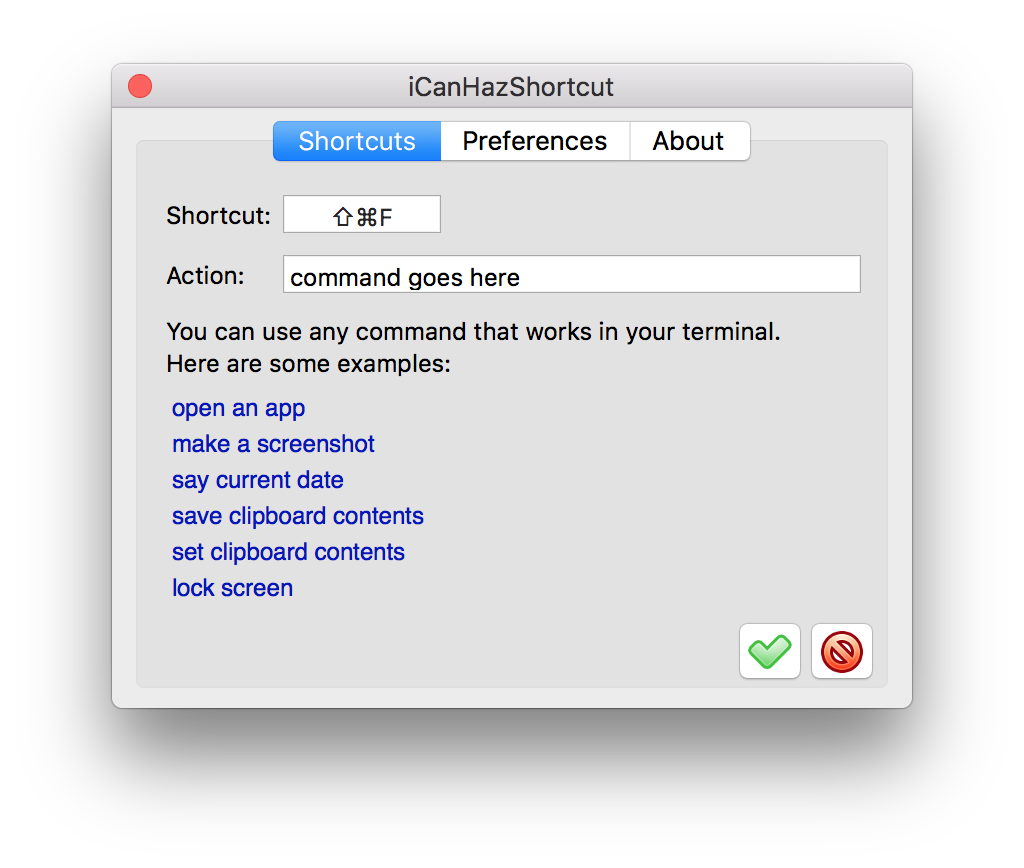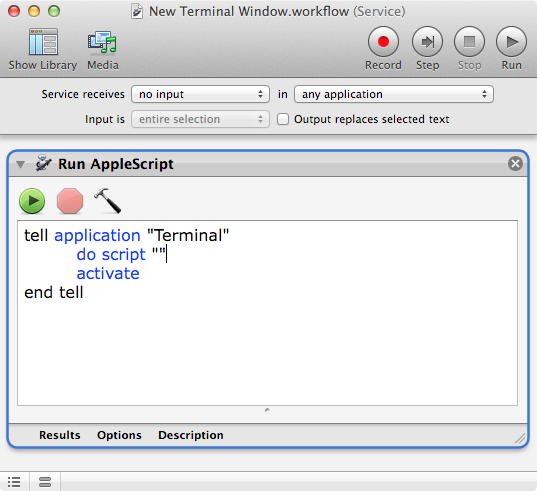

Next, you will need to navigate to System Preferences > Users & Groups. Add the command you would like to run in the view that appears, like so:įinally, save the application to the Desktop, where you will see the Automator app icon.

Then in the following view, you will need to click Utilities in the leftmost menu and then double click Run Shell Script. Open your Applications directory in the Finder, and double click on the Automator icon. The first, using the Automator app, will appeal to folks who feel most at home in the GUI, and the second two involve creating XML files and placing them in certain directories, the contents of which will be executed at either machine startup or user login. Whatever your use case, there are three clear paths to executing an action at startup or login on macOS. Most recently, I needed to get a freshly spun-up Mac VM to register itself with a third party at startup. There are a variety of reasons you might need to run a process or script at startup or login on a Mac. If you rename the alias Space, then from the Finder it's: using the "Services" custom key combo to launch a "New Terminal at Folder" you could also create an alias of your home directory on the desktop.

Since the Option key is kinda equivalent to the Alt key. Lastly, in an effort to get something as close as possible to launching a Terminal.app window from the Finder with Ctrl+ Alt+ t. Ctrl+ Opt+ Cmd+ t) to launch a "New Terminal at Folder" the Terminal.app will launch at your home directory ~/



 0 kommentar(er)
0 kommentar(er)
